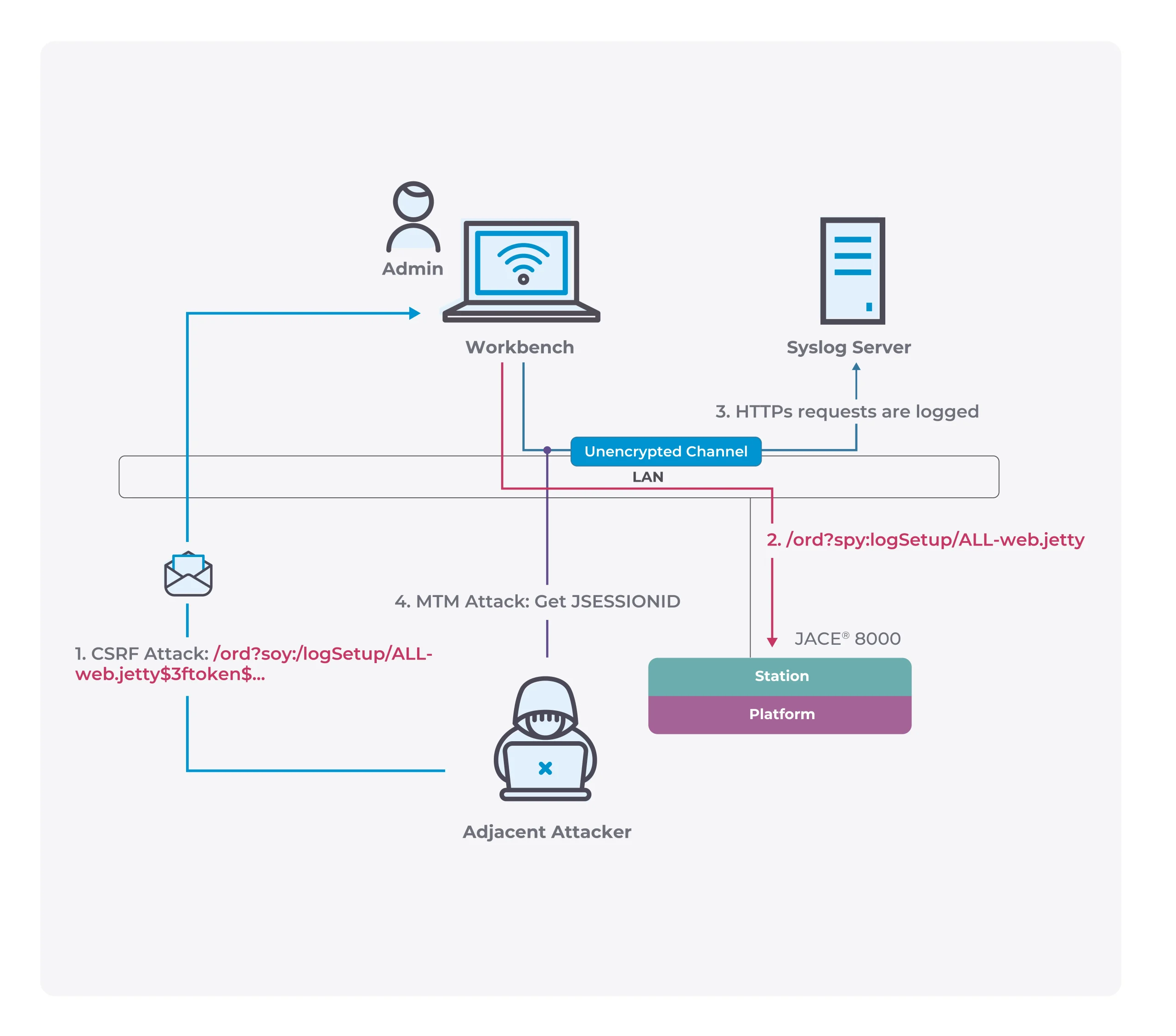pwnat: Breakthrough NAT Traversal Without Port Forwarding
pwnat
pwnat, by Samy Kamkar, is a tool that allows any client behind a NAT to communicate with a server behind a separate NAT with no port forwarding and no DMZ setup on any routers to directly communicate with each other.
There is no middle man, no proxy, no third party, no UPnP required, no spoofing, and no DNS tricks. The server does not need to know the client’s IP address before connecting.
More importantly, the client can then connect to any host or port on any remote host or to a fixed host and port decided by the server.
Simply put, this is a proxy server that works behind a NAT, even when the client is also behind a NAT.

HOW DOES IT WORK?
In order for the full tunnel to be established, the client side needs to know the public IP address of the server, and the server needs to learn the public IP address of the client.
However, in a true client-server model, the server doesn’t know the client IP until the client connects, and NATs will normally drop unknown incoming packets. In pwnat, the server also does not need to know the client IP address.
Here is how the pwnat server learns the IP address of the client: I get around this by having the client “pretend” to be a random hop on the Internet. I’m essentially using the same technology a traceroute uses to detect hops on the Internet, but I’m doing the reverse in order to penetrate the NAT.
Specifically, when the server starts up, it begins sending fixed ICMP echo request packets to the fixed address 3.3.3.3. We expect that these packets won’t be returned.
Now, 3.3.3.3 is not a host we have any access to, nor will we end up spoofing it. Instead, when a client wants to connect, the client (which knows the server IP address) sends an ICMP Time Exceeded packet to the server. The ICMP packet includes the “original” fixed packet that the server was sending to 3.3.3.3.
Why? Well, we’re pretending to be a hop on the Internet, politely telling the server that its original “ICMP echo request” packet couldn’t be delivered. Your NAT, being the gapingly open device it is, is nice enough to notice that the packet inside the ICMP time exceeded packet matches the packet the server sent out. It then forwards the ICMP time exceeded back to the server behind the NAT, including the full IP header from the client, thus allowing the server to know what the client IP address is!
Server (1.2.3.4): ICMP Echo Request -> 3.3.3.3 … Server (1.2.3.4): ICMP Echo Request -> 3.3.3.3 … Server (1.2.3.4): ICMP Echo Request -> 3.3.3.3 … Client (6.7.8.9): ICMP Time Exceeded (includes ICMP Echo Request to 3.3.3.3) -> 1.2.3.4 Server’s NAT: Sees server’s Echo Request in client’s Time Exceeded packet, sends entire packet to server because it matches server’s outgoing packet
Don’t believe me? Just traceroute any host behind your NAT. You’ll notice incoming packets coming in from random IP addresses your router knows nothing about. Your router knows to send those back to you, rather than another client on your network, based off of the data inside the ICMP time exceeded packet.
Now, the server has only learned the client IP address. We still have no method to send any additional data. For the full communication, we use the same method used in my previous software, chownat, to penetrate both NATs.
Example of a client behind a NAT talking to a machine NOT behind a NAT: Machine A -> NAT A -> net -> quake server
Machine A sends a UDP packet to quake server, opening a “session”. NAT A sees this and says: “If any UDP packets come back soon with the same host and port info, I’m routing it to machine A.” Quake server sends UDP packets back, hits NAT A, and NAT A seeing the right hosts and ports, sends it to machine A. Machine A and quake server are now able to communicate without any problem.
Now here is how pwnat works now that client and server know each others IP. Goal is: Machine A (ssh client) -> NAT A -> net -> NAT B -> Machine B (ssh server)
When you start up the pwnat server on machine B, it slowly fires off UDP packets to machine A. Of course, NAT A is not expecting these so it drops every one of them. Machine B does not stop.
Once you begin the pwnat client on machine A, it begins sending UDP packets to machine B. Note: pwnat defaults source and destination ports to 2222. Any unprivileged user can set UDP source and destination ports. Normally the UDP packets that machine A is sending to NAT B would get dropped. However, since machine B is sending similar packets OUT, NAT B assumes these are responses and lets them back in. Once machine B sees these packets, it sends handshake packets back to machine A. These packets will not get dropped by NAT A because of the same reason: NAT A sees packets going out, and the packets coming back to the NAT look like responses to the ones going out.
Finally, both sides are fully communicating over UDP, allowing protocols that run over TCP to tunnel through. Note: There is a keep-alive process on the pwnat server and client that always keeps the UDP “session” active. The packets it sends have a 0 byte payload and are only sent when the client is not sending data out. Otherwise, the fastest it will possibly send the keep-alive packets is one packet every 5 seconds. If any other type of data is travelling through the tunnel, no keep-alive packets will be transmitted.





